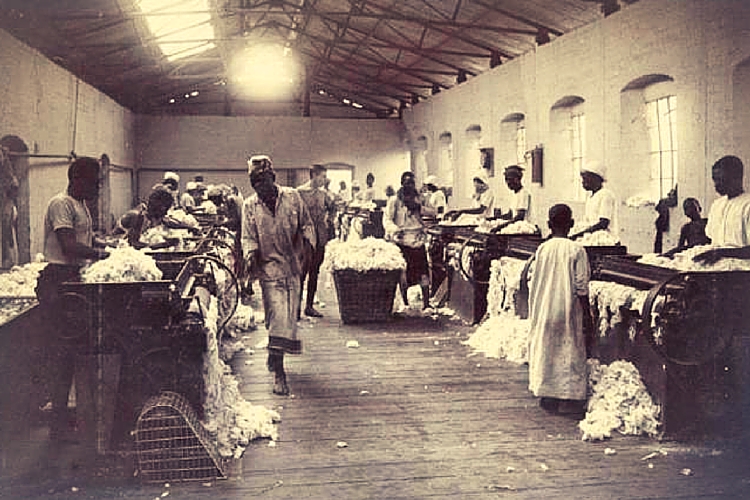Kenya
From the 1890s to 1914, there were more Indians in Kenya than white colonial settlers and after World War 1, they began demanding rights. Many of the Asian immigrants came from the western parts of India and Pakistan. Most Asian immigrants controlled wholesale and retail trade of goods. They also worked as semi-skilled workers such as clerks to support the settler government. They did not successfully integrate or mix with the settlers and Africans. Instead they chose to preserve their traditions and culture.
Indians had fewer seats in the Legislative Council and did not have the right to election. Asian leaders began making demands for equal treatment. In response to Asian demands, the Convention of Associations put forward new “irreducible minimum” in 1921 which called for strict controls on Asian immigration, and only two nominated members to the Legislative Council. Asians were to be segregated from white living areas. In 1922, through what is known as the Wood-Winterton proposals, the British decided there was a need to promote Asian merchants who would buy agricultural produce from African farmers and in order to suppress any dissent such as the March 1922, violent demonstrations in favor of Harry Thuku.
In July 1923, the British issued the Devonshire Declaration, in which they stated, Kenya was primarily an African country and the needs of the Africans must be more important. This closed the door to white settler dreams of self-governance similar to Southern Rhodesia (Zimbabwe). This declaration did not please the White or Asian settlers but neither openly opposed it and it was significant because it brought to an end the threat of an Asian rebellion against the white settlers. Only five seats in the Legislative Council were to be filled by Asians but immigration was not controlled and urban segregation was not implemented.
Uganda
Colonial settlers encouraged Asian (mostly Indian and Pakistan) merchants to settle in present day Uganda. Asians opened stores and were welcomed by the settlers under the guise that they were fulfilling a role Africans could not. The British colonial administration in Uganda viewed Asians as temporary residents and was only willing to give them one position as an unofficial member of the Legislative Council in 1921.
Cotton was essentially the most important export crop from Uganda. Indian businessmen became middlemen in the cotton trade and by 1925 they owned about three quarters of the cotton ginneries. The Asians would buy cotton from African farmers and then sell it to ginners. However, after World War 1, many of the cotton ginneries were now owned by Asians. African cotton growers resented the position of Indian middlemen especially when prices began to fall. Asian businessmen focused on cotton and sugar cane. During the 1920s, the largest sugar cane plantations and processing plants were owned by Indian businessmen N.K. Metha and M. Madhvani. Asians in Uganda had a very prominent role in the economy which grew until Idi Amin’s regime. In 1972, President Amin expelled all Asians including Ugandan citizens. For a while, Uganda’s economy suffered because the Asians had dominated trade in exports and imports. However, today Uganda has the most entrepreneurs per capita. About 28.1% of the population are entrepreneurs . Almost 40% of all businesses are owned by women.




